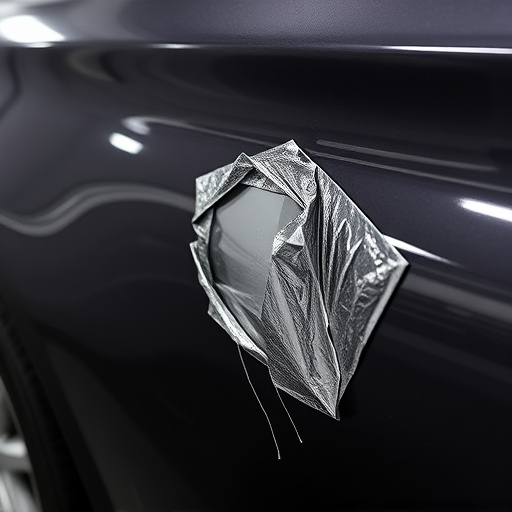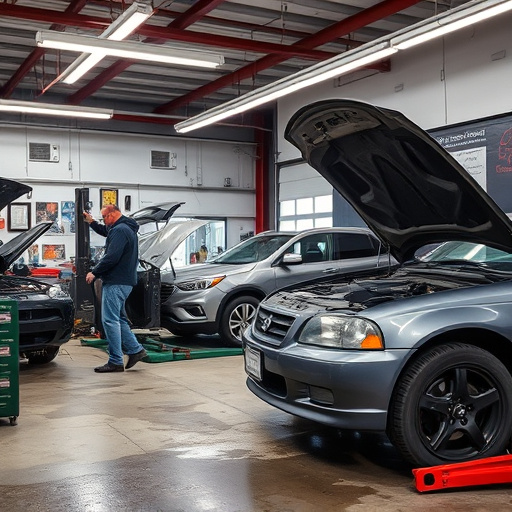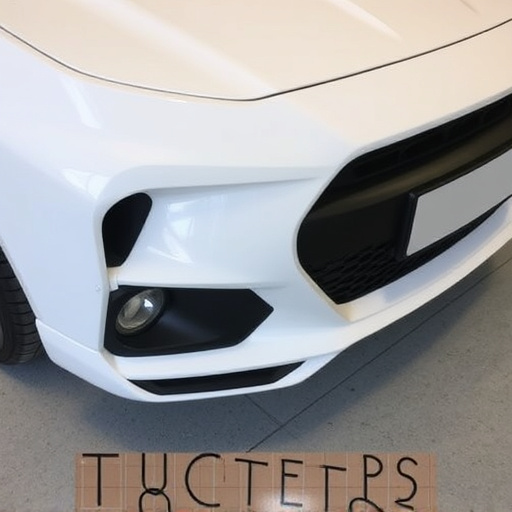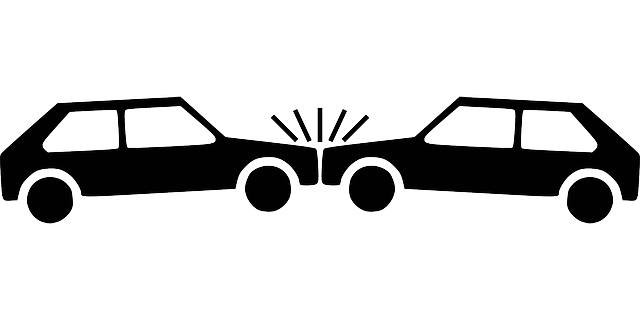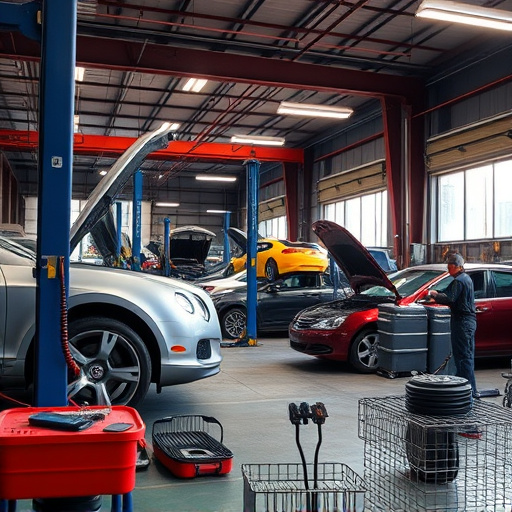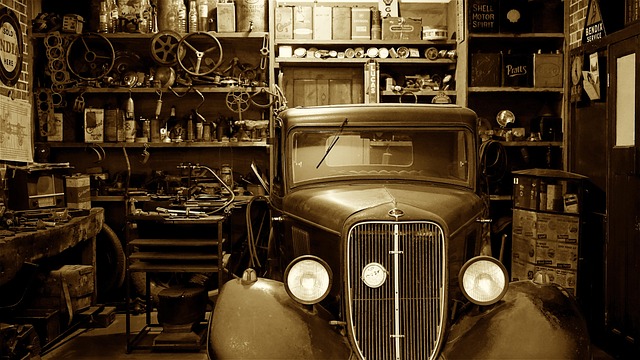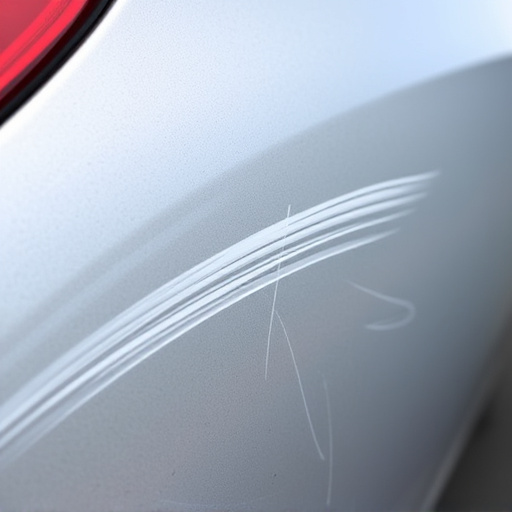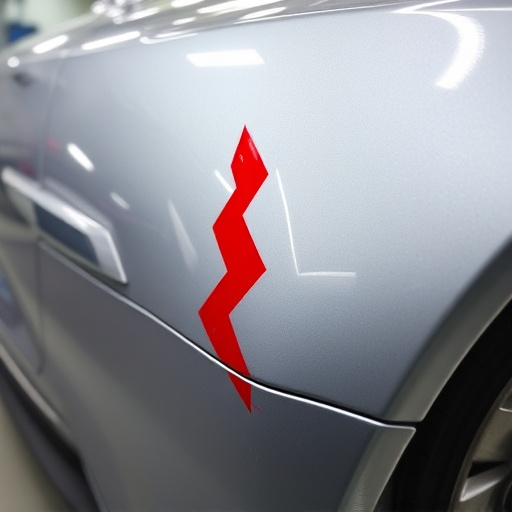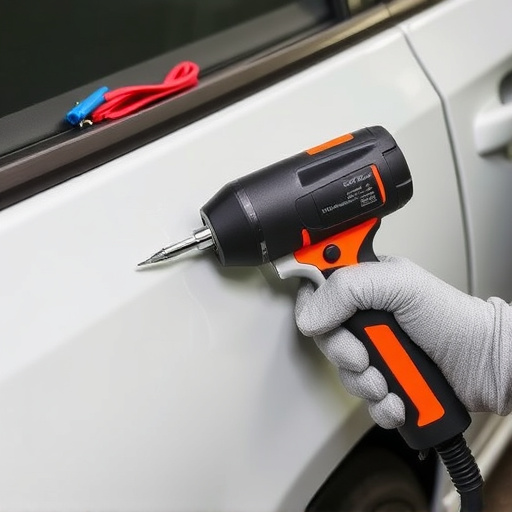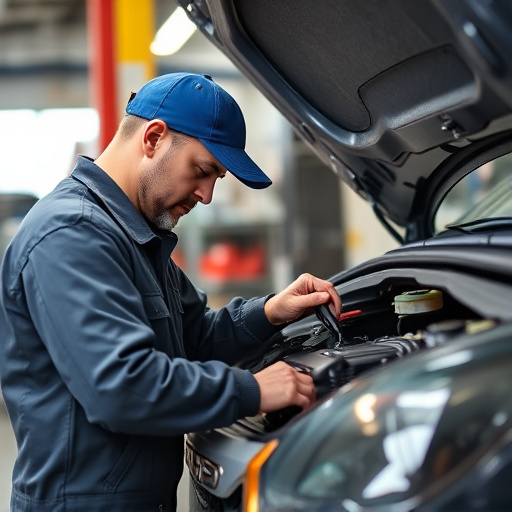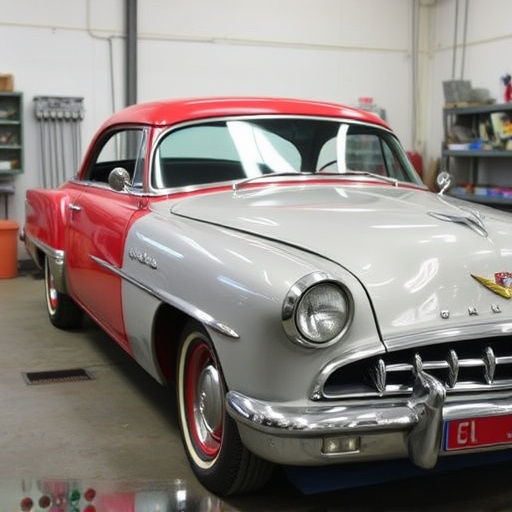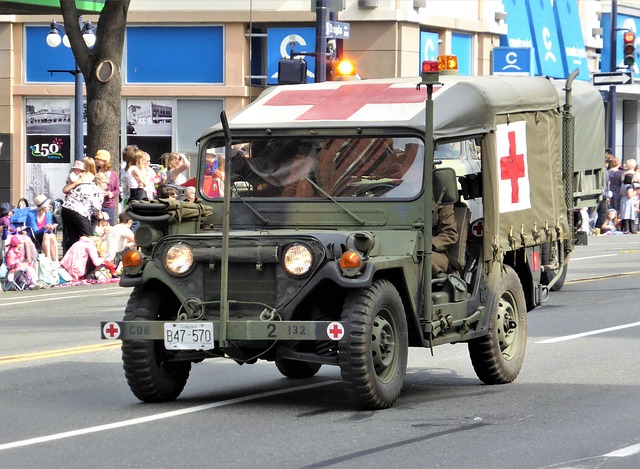A vehicle frame inspection identifies structural weaknesses caused by moisture, accidents, and wear. Mechanics detect cracks, misalignments, and defects using advanced tools for repair, ensuring safety, performance, and longevity of cars from minor bodywork to major collision repairs. Regular inspections at auto shops prevent costly damage down the line.
In-depth vehicle frame inspection reports offer crucial insights into a car’s structural integrity. Common issues often surface, from visible damages like rust, dents, and cracks to less apparent problems such as alignment misalignments and structural weaknesses in welds and joints. Understanding these typical findings is essential for buyers, mechanics, and enthusiasts alike to make informed decisions regarding vehicle maintenance and repair. This article explores these common issues in detail.
- Identifying Damages: Rust, Dents, and Cracks
- Alignment Issues: Steering, Suspension, and Wheel Misalignment
- Structural Integrity: Welds, Joints, and Frame Defects
Identifying Damages: Rust, Dents, and Cracks
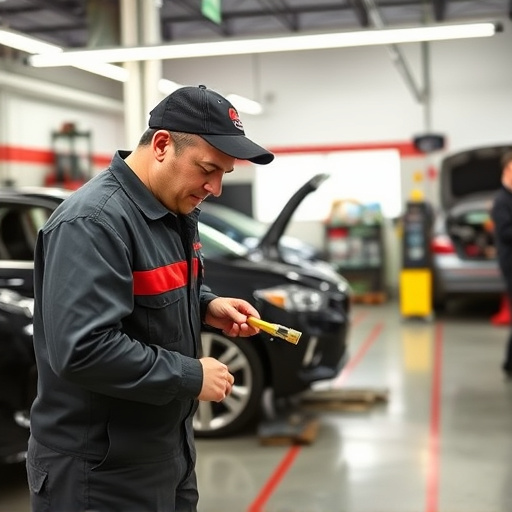
During a vehicle frame inspection, one of the critical aspects mechanics look for is the condition of the car’s bodywork, as it provides valuable insights into the overall structural integrity of the vehicle. Among the most common issues discovered are rust, dents, and cracks. Rust, often caused by exposure to moisture or poor maintenance, can weaken the metal and compromise safety. It’s particularly prevalent in areas like floor pans and sills, which are essential for supporting the vehicle’s weight and protecting occupants.
Dents and cracks in the bodywork can result from various incidents, including fender benders or more severe collisions. These defects not only affect the aesthetics of the vehicle but also could indicate deeper structural damage. For instance, a Mercedes-Benz collision repair might involve addressing dented panels, cracked bumpers, or even misaligned frames, all of which require meticulous attention to ensure proper alignment and safety during driving. Automotive repair specialists use specialized tools and techniques to assess and rectify these issues, ensuring the vehicle is safe and reliable for the road.
Alignment Issues: Steering, Suspension, and Wheel Misalignment
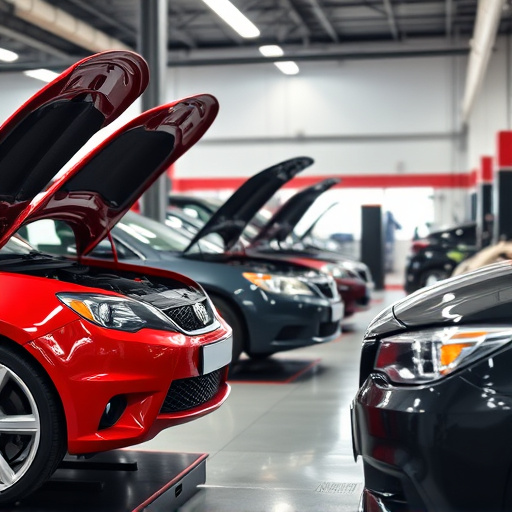
Alignment issues are among the most common problems identified during vehicle frame inspections. These can include misalignment in steering components, suspension systems, and wheels. Such issues often result from regular wear and tear or previous accidents, leading to improper handling and safety hazards. For instance, a car with wheel misalignment may experience uneven tire wear, reduced fuel efficiency, and handling problems, making it crucial to address these issues promptly.
Proper alignment ensures that all four wheels are parallel to each other and correctly positioned relative to the vehicle’s frame. Auto body repair experts often use advanced equipment during a vehicle frame inspection to pinpoint misalignments. In cases of significant damage, classic car restoration specialists may be called upon to realign and rebuild components, ensuring not only optimal performance but also extending the lifespan of the vehicle.
Structural Integrity: Welds, Joints, and Frame Defects
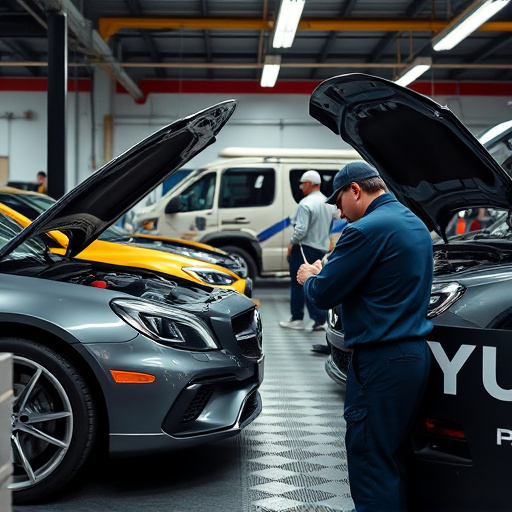
The structural integrity of a vehicle is paramount during frame inspections. This involves meticulous examination of welds, joints, and other critical components to ensure they meet safety standards. Welds, in particular, should be free from cracks, splinters, or signs of poor fusion, as these defects can compromise the overall strength and stability of the car’s frame.
During a vehicle frame inspection at an auto repair shop, skilled technicians will look for any signs of wear, damage, or misalignment in the frame and its joints. Even minor defects in these areas could lead to serious issues during a car bodywork or vehicle collision repair. Regular checks can help identify problems early on, preventing more severe and costly damages down the line.
A thorough vehicle frame inspection is vital for ensuring safety and reliability on the road. By identifying common issues like rust, dents, misalignment, and structural defects through meticulous checks of welds, joints, and steering systems, potential hazards can be mitigated. Regular inspections empower owners to take proactive measures, enhancing both vehicle lifespan and passenger security. Remember, a well-maintained frame is the cornerstone of a safe and efficient driving experience.
